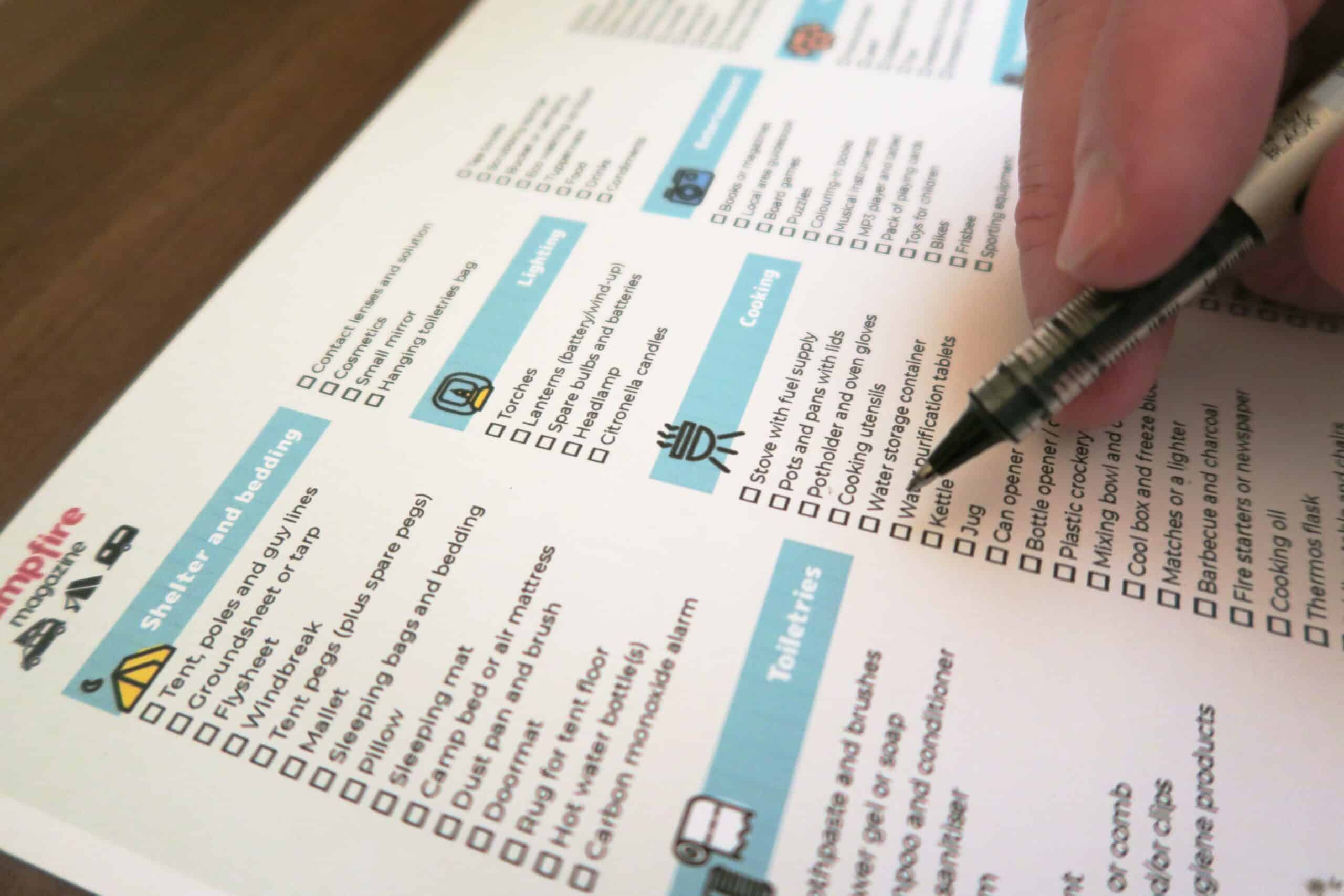In recent years, there has been more and more focus on staying in shape and getting as much activity in each day as possible. One of the ways that most people achieve this is through counting their steps. Whether you use an Apple Watch, Fitbit or simply your phone’s built-in pedometer, you’ll get a good idea of how active you are every day.
But since most of us are used to working in miles, seeing tens of thousands of steps appearing on the screen before us can be a little confusing. But don’t worry, measuring your steps is easy once you know how and understanding distance becomes much simpler once you know how to convert steps into miles.

What Is The Best Way To Track Your Steps?
Living in modern times gives us a huge benefit in terms of measuring or tracking anything at all. If you’re keen to stay in the know when it comes to your day to day physical activity then tracking your steps is the way to go. But how do you do this?
The most simple and reliable method is to wear a pedometer. These devices are programmed to sense the movement of each step. It does this thanks to a small lever arm inside the device that moves with the rhythm of your hips. Every time it moves, that counts as one step.
Modern devices are incredibly accurate and paint a very detailed picture of your daily activity. There are many different versions of the pedometer from simple devices that only measure your steps through to much more complex ones that come with a compatible app that also gives you information on your heart rate, how many calories you have burned, distance covered and much more.
However, if you ever find yourself without your pedometer or you want to do things the old fashioned way, there is another method.
The Scout Method
The Scouts have long been hailed as one of the most efficient groups when it comes to practical and survival skills. So, it won’t come as much of a surprise to learn that they have a pretty reliable method of measuring steps without the need for modern technology. Having this under your belt may come in handy when you’re left high and dry without your pedometer.
You’ll need to begin by measuring out a 100ft path with an accurate tape measure. Mark this off on the ground.
Start at the beginning of the path and walk at your normal speed to the other end. As you go, count your steps.
When you’re done, divide your total number of steps into 100 to find out your average step distance. As an example, if you took 50 steps, that would go into 100 two times, meaning that your step distance is 2 feet.
You can then apply this when covering greater distances. Knowing your average stride distance will allow you to convert that into steps, provided you know the distance that you have covered.
Think About Stride Length
On average, stride distance is between 2.2 and 2.5 feet but this will vary from person to person, vastly depending on their height. For example, a person who is 6 feet tall may take fewer steps per mile than someone who is 5 feet owing to a larger stride distance. Other factors may come into play that affect stride distance including whether the person has any injuries, the type of terrain they are walking on and their age,
According to the above theory, a person with an average stride distance who measures 5 feet would take approximately 2556 steps per mile. Someone who is 6 feet in height would, on average, take around 2130 steps per mile. Again, using the Scout method will allow you to get a more accurate idea of your own step length.

How Many Miles Is 20,000 Steps?
On average, people take around 2000 steps per mile. Although, as we have discovered, this will vary according to certain factors. Going by this guide, this would mean that the daily recommendation of 10,000 steps is equivalent to five miles. Double that to 20,000 steps and you would be walking 10 miles per day. That’s quite far considering most people struggle to complete more than 3000 steps on an average day.
Current advice tells us that we should be taking at least 10,000 steps per day in order to remain as healthy as possible. But it can be quite confusing to understand what this means in terms of distance. One of the great things about using one of the more complex pedometers built into a smart watch, for example, is that you’ll often be given distance information in miles and/or kilometres.
Of course, it does help being able to understand this information without relying on your smartwatch or app.
Step Guide
| Height of Person | Approx Steps per Mile |
| 4'10" | 2,645 |
| 4'11" | 2,600 |
| 5'0" | 2,556 |
| 5'1" | 2,514 |
| 5'2" | 2,474 |
| 5'3" | 2,435 |
| 5'4" | 2,397 |
| 5'5" | 2,360 |
| 5'6" | 2,324 |
| 5'7" | 2,289 |
| 5'8" | 2,256 |
| 5'9" | 2,223 |
| 5'10" | 2,191 |
| 5'11" | 2,160 |
| 6'0" | 2,130 |
| 6'1" | 2,101 |
| 6'2" | 2,073 |
| 6'3" | 2,045 |
| 6'4" | 2,018 |
| 6'5" | 1,992 |
Improving Your Daily Step Count
It can be quite disheartening to look at your step counter to see that you have not come anywhere close to hitting your daily goal. But don’t let this get you down. A lot of us are in jobs that require us to sit at a desk all day so it can be difficult to get your steps in.
Attempting to go from 3000 to 10,000 steps right off the bat will be very difficult. The best way to up your daily step count is to do it gradually. Try adding just 500 steps a day until you are able to reach 10,000 without any effort. It’s important to take your physical abilities and limitations into account and devise a plan that is comfortable for you. Remember, it isn’t a competition and making minor improvements over time is better than trying to push yourself.
Conclusion
Many of us are keen to track our daily steps and see how much activity we are able to achieve. While the recommended number of steps each day is 10,000, a lot of us are struggling to do this. Using a pedometer and setting yourself manageable goals is the best way to ensure you are successful. And remember, once you’re at 20,000 steps a day; you’ll be walking 10 miles every 24 hours - that’s a surefire way to keep in shape!

